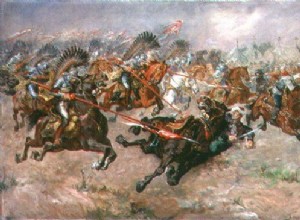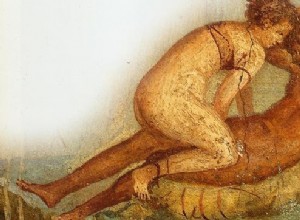There was no shortage of absurdities in old Poland. One of them was undoubtedly the organization of the cavalry. It meant that there were never a hundred horsemen in the officially 100-person unit. At best ninety of them served, but often only ... 20-25. In historical books, we often find the s




